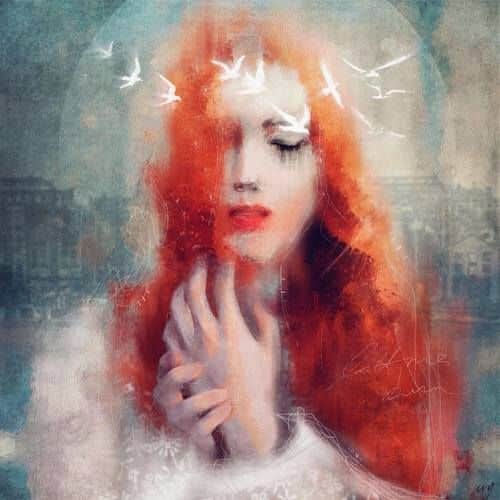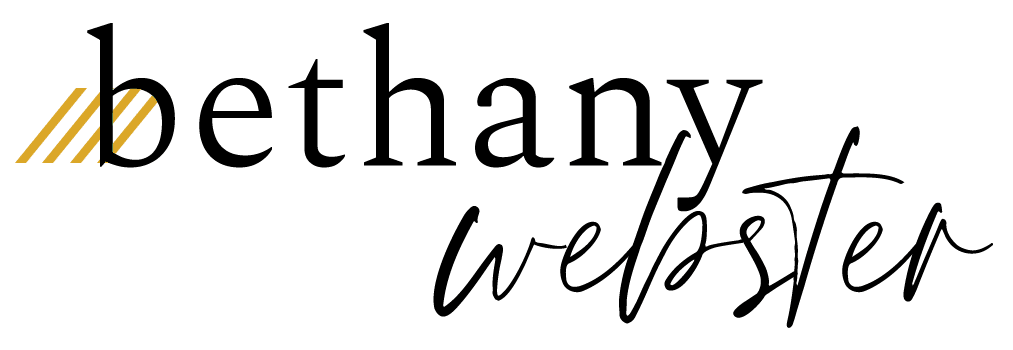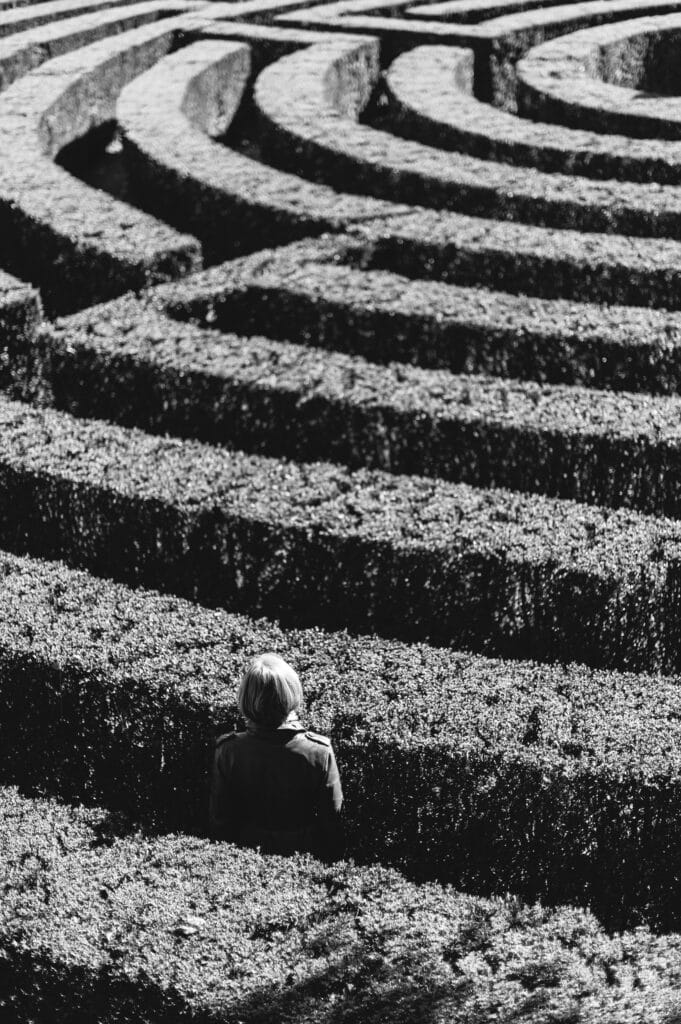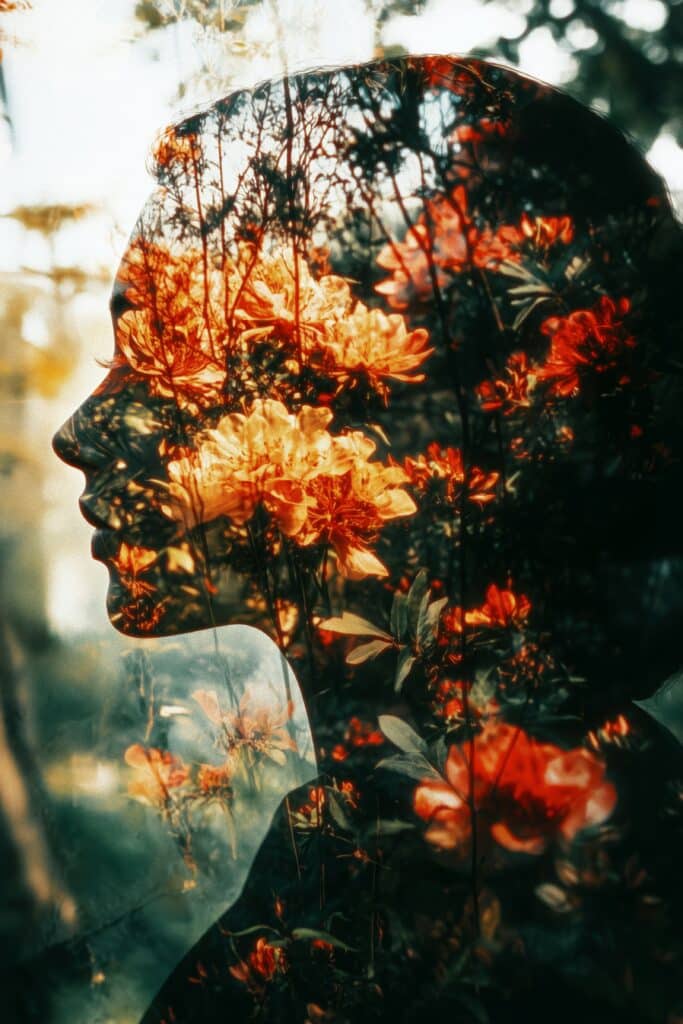Coming Home from the Inner War: Crossing the Threshold to the True “Motherland” Within

Self-care can be very challenging for women. So many of us have watched our mothers be depleted and deprived on many levels. Giving to ourselves can cause guilt or shame. Many women I talk to are often unsure how to actually mother themselves. They are unclear on what “mothering” really is and how to give themselves what they never received.
In her seminal book “Of Woman Born,” Adrienne Rich says that “we need to understand the power and powerlessness embodied in motherhood in patriarchal culture.” She describes the function of mother as “an oasis in a place of constant work.” I would take it even farther and say, “mother is an oasis in a place of constant war.”
Having taught numerous communities around the world I’ve seen a common theme emerge: the more prominent and recent war is in the cultural memory, the heavier the Mother Wound manifests. And even in cultures where there is no war in the streets, the reverberations of the emotional trauma of previous generations still manifest in the limited ways we relate to ourselves and each other.
The Mother Wound itself is a product of patriarchy; it is a byproduct of women and men living in a culture that devalues the feminine, meaning devaluing valid human functions such as:
- our full repertoire of human emotions and feeling
- slowness and the nature of things taking time
- long-term organic processes
- the death part of the growth cycle
- things that are complicated and cyclical
- the value of rest
- the value of listening
- the value of waiting
- the value of process
- the value of intuition
- the value of dreams
War is the ultimate expression of patriarchal insanity and the exile of the feminine aspects of humanity. War is the demand for obedience at all costs and the absence of empathy. The constant backdrop of war disfigures our ability to emotionally connect with each other and with ourselves as human beings. Mothers in times of war raise children with the primary goal as survival. The ability to live, not the ability to thrive.
In war, survival is primary. Silence is primary. Scarcity is a key motivator. As one woman told me “In my family, love was a plate of food.” Emotional nurturing and connection is often a luxury that one cannot afford in a war-torn environment. And even though the war may have ended, it may still rage on in the psyche for generations afterwards.
In my travels to numerous countries around the world (mostly eastern and western Europe) and discussions with women in Asia and Africa as well, I have seen a central core archetype of a “war-time mother” emerge: a mother who has been deeply deprived herself, helping her children survive a cold and inhospitable world, with no valid place to process her own feelings.
This kind of mother, in her extreme form, abhors rest, freedom, and vulnerability because her deprivation goes very deep. Her children’s natural exuberance, joy and innocence may trigger her unprocessed pain and unconscious rage about the losses she has incurred.
I’ve called it the shadow mother. Authors Massimilla and Bud Harris define this archetypal energy in their book, Into the Heart of the Feminine as the “Death Mother;” the energy of toxic patriarchy in the mother line. Ultimately, it’s not personal. This is an archetypal energy emerges in people in response to the devaluation of the feminine in the culture.
If our mothers embody this archetypal “Death Mother” energy, it results in a distorted template for our relationship to ourselves. We learn to feel safe in situations that emphasize over-work, over-whelm, over-indulgence and a deep mistrust of ourselves, including distrust of our emotions, our bodies, and our needs for being seen and being understood.
This is the inner war that we’ve inherited, a war between our normal, natural instincts and the traumatized coping mechanisms that have been passed down. These whispers may be faint or deafening, depending on how severe our mothers’ and grandmothers’ Mother Wounds were. In mild cases, the mother may be depressed, disconnected and neglectful. In extreme cases the mother may be invasive, emotionally ravenous and abusive.
The Death Mother’s core message to the daughter is: “Stay small. Stay invisible. Serve others to your detriment. Don’t have needs. If you think of yourself, you should feel guilty and ashamed. Suppress your feelings and move on,” and can include other limiting messages, beliefs and patterns.
The perpetrator within: Bringing the “inner child soldier” home from the war of inter-generational trauma
In my own journey of healing the Mother Wound and family trauma, and after years of inner work, I discovered a very young part of me who identified with the “Death Mother” archetype.
This aspect of me was like an “inner child soldier,” a hijacked piece of myself that actively prevented me from resting or nurturing myself.
During this time while my outer life was wonderful and quite happy, I would wake up in the middle of the night with heart pounding, sweating and waiting for some kind of hammer to come down on me. I realized that this part of me had taken the assignment forged in trauma, very early in my life when safety and struggle were conflated, to annihilate any attempts to rest and receive as a way to keep me safe. Since I was experiencing more healing and joy than ever, it’s as though my original “safety system” created early in life, was no longer working. It was being upgraded to new beliefs that safety was not in vigilance and struggle, but in self-care, rest and calmness.
It was as though the “inner child soldier” was freaking out, as though saying “Being relaxed makes us unsafe! Get vigilant!! It’s dangerous to rest!” Rather than go to war with this part of me, I took an attitude of curiosity, thankfulness, respect and warmth. I was humbled and in deep gratitude that this part of my life force had been working so hard to keep me safe. I realized it had been working nonstop since the earliest days of my life doing what it thought had to be done to survive in the world. Having done so much healing up to that point, I was ready to meet this part of myself and bring it home within to a new paradigm that embraced the feminine aspects.
I saw that this part of me that seemed to be working against me, sabotaging me and never letting me relax, was only trying to help me survive. The only way it knew to do so was to attack the natural parts of me that it was taught despise, my most feminine and vulnerable aspects. I had to introduce the truth to this “inner child soldier”, that there is a NEW way to be safe. That safety no longer comes through hypervigilance and struggle, but through rest, being kind to oneself and embracing one’s natural cycles. It’s been a journey of slowly, gently and patiently introducing evidence in daily life that it is safe to receive, safe to take our time, safe to make mistakes, safe to be messy and safe to rest. It’s one slow step at a time. And with each step, more vitality, joy and freedom emerges. I recall one day when I welcomed this part and embraced it, it felt like a whale changing directions within my belly. I realized this part of me is a vast energy and a precious, sacred ally on my life’s journey.
Crossing the threshold to the true “motherland” within.
The truth is that we cannot look to our biological mothers to fill this deep longing within us. They have their own wounds, limitations and healing journeys that we cannot control. This longing can only be filled from within ourselves. This is because the Mother Wound is ultimately a “loss of self” caused by some kind of early disruption in the mother/child bond.
The homecoming to the true motherland happens within. It happens incrementally, gently and patiently over time as we commit to the long-term process of mothering the unmothered “child soldier” inside ourselves.
Inner mothering is a skill that is learned and practiced over time.
With consistent inner mothering, eventually we cross this threshold from the “inner war” into the “true motherland”, where we can perceive life as friendly, feel our true connection with all beings and learn that we are truly, deeply safe. This opens up new ways of being, new possibilities for our lives that we may have never even imagined. Energy is released that we can use for our true purpose, for creative endeavors and for simply being our true self in the world.
Eventually we realize that we are what we have always longed for. External things no longer have the “shimmer of mommy” and thus, can no longer seduce us away from ourselves and into the illusion that a “magical other” can give us what we missed in our childhoods. We learn to create a healthy “inner family”, embracing all the aspects of ourselves that we had to push into exile in order to emotionally survive our families. It’s a reclaiming, a remembering, a welcoming of the “refugees within” It’s not glamorous or speedy. It’s a return to what Massamilla Harris calls the “unmothered feminine self”. The process is circuitous, slow, dark, uncomfortable and drenched in tender aliveness and heart-awakening power.
Love without borders: The transformation is not to “get rid” of our pain, but to transform how we meet our pain. Where we would reject and berate ourselves, we increasingly welcome and embrace ourselves. As a free child in the “inner motherland” your home is always here and now; and you are always loved exactly as you are.
It takes a while to unwind that deep cultural belief that pain is equal to failure or evidence of “not there yet.” As we get more proficient in embracing our own pain, we can better meet the pain of others–to recognize it, to hold it, not to try to get rid of it. To really see each other, be vulnerable with each other and perhaps connect in a deeper way than humanity has ever connected with itself before.
The “inner motherland” is the bone-deep realization that love does not come and go. It is realizing that love is who you truly are at the deepest level. It is the realization that no outer condition, good or bad, can affect your true identity as love itself. This becomes your ultimate safety. This is the solid foundation you can return to where there was none. It is the mind taking its true place as a servant of the heart. As we reach this new place within ourselves, we don’t necessarily feel less sadness or pain. We feel everything. Yet nothing is taboo. Nothing is rejected. All is the Self and saturated in a kind of love so large that it humbles the mind and breaks open the heart so that it can include all parts of you and all of creation. And you see that it has always been this way, but you weren’t able to see it until now.
You increasingly embody the archetypal energy of the Awakened Feminine that is rising in our world right now and birth yourself into the woman you are meant to be.
This is crossing the threshold to the “inner motherland.” And it changes everything in amazing ways you can’t predict. Life becomes about being loyal to the deeper truth you have seen and bearing the simple, mind-blowing beauty of being alive.
Exercise: How do we mother the exiled parts of ourselves?
A mother has many roles to a child, providing many different important functions that support the child’s healthy development. For adult women, I like to think of “Mothering” as both an archetypal energy that we tap into and the concrete ways that we lovingly relate to ourselves in our vulnerable aspects, including our inner child. Author Jasmin Lee Cori beautifully defines the many functions of mothering as the following “10 faces of mother.”
These 10 faces of mother are essential for our healthy development. Many of the under-mothered will not have received many of these. Seeing what we have missed is the first step in filling those gaps and getting the mothering we need as adults. I invite you to read the list below to inspire you to new ways you can love and mother that little girl inside you. What are some daily actions you can take to mother yourself?
10 Faces of Mother by Jasmin Lee Cori:
(Paraphrased from Cori’s book, “The Emotionally Absent Mother.”)
Mother as Source: She provides a sense of coming from goodness and love. Being like mother and coming from mother feels safe and positive. Allows the child to feel a sense of belonging and part of something larger, more powerful than itself.
Mother as place of attachment: Mother is consistently responsive to child’s needs. Child feels securely held and safe. Confers a sense of belonging and identity to the child.
Mother as first responder: Mother is present to the child and available when needs or emergencies arise. She responds with love, empathy and care.
Mother as modulator: Mother is attuned to the child’s experience of its environment and adjusts that environment as needed to ensure the child’s safety, health and well-being.
Mother as nurturer: Mother is affectionate with the child. Soothes, and calms the child. Is reassuring and understanding.
Mother as mirror: Mother reflects back to the child its emotional state providing the child with a sense that she exists, is real, and is valued. Positive mirroring builds self-respect in the child.
Mother as cheerleader: Mother enthusiastically celebrates the child’s progress and achievements. Mother allows the child to express herself as a separate person and celebrates her unique expression of herself. Encourages child to reach for her best and reassures her that she is capable of doing what she desires. Confers a sense of deservingness and self-worth.
Mother as mentor: Mother is supportive of the child while she is learning and trying new things. Gives encouragement and feedback and honors child’s limitations in a way that feels comforting. Mother is patiently attuned to the learning level of the child and provides support according to the child’s understanding.
Mother as protector: Mother provides support in a way that communicates, “I’ll keep you safe” and models boundaries and self-protection to the child.
Mother as home base: The sense that mother is a stable place you can always come home to for encouragement, support and comfort.




